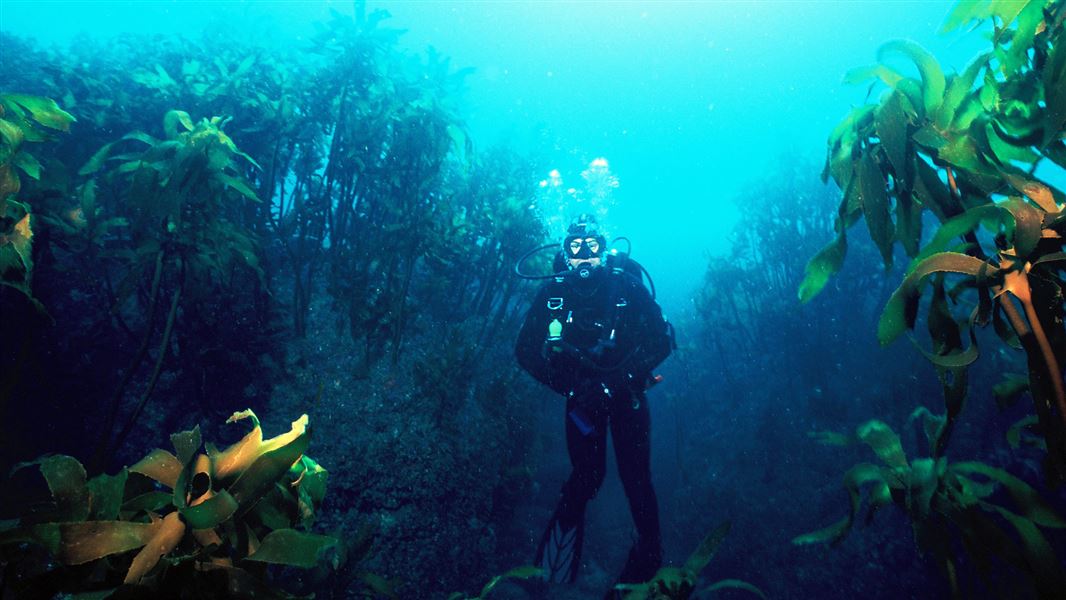
Located in the Auckland region
Introduction
Rakitu Island Scenic Reserve lies off the north east coast of Great Barrier Island, in the Hauraki Gulf. It contains areas of native forest and is home to a diverse population of native birds.Covering 329 ha, Rakitu's sheer cliffs rise 180 meters from the sea in places, giving it an imposing fortress-like appearance. Rakitu Island became a Scenic Reserve in 1994 after being purchased by DOC, with Natural Heritage Fund assistance, from the Rope family.
The island's native flora and fauna are great attractions for day trips. Be aware there are strict biosecurity requirements in place following the eradication of rats in 2018.
 Dogs are not allowed on island reserves in the Bay of Islands and Hauraki Gulf.
Dogs are not allowed on island reserves in the Bay of Islands and Hauraki Gulf.
Check you are pest-free
Check, clean, and seal your gear to ensure you don't bring pests, soil, and seeds.
